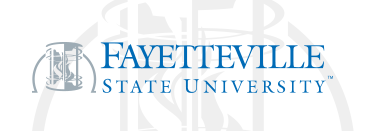Instructional strategies for school reform and inclusion: Implications for school leaders
Abstract
Reforms emphasizing higher levels of achievement and the inclusion of students with disabilities are currently converging in public schools and general education classrooms, changing teacher expectations, instructional practices, and instructional leadership. This qualitative study examined the instructional practices in six general education classrooms that included students with disabilities in two nationally recognized Blue Ribbon elementary schools in North Carolina. The purpose of this research study was to examine the instructional practices in classrooms which included students with disabilities; the influences of students with disabilities on the teachers' selection of instructional practices; and the role leadership played in educational reform and inclusion. The schools were selected through purposeful sampling centered around (a) recognition as a Blue Ribbon school, and (b) participation of grades 3, 4 and 5 in the state reform and accountability program. Purposeful sampling in selecting the classrooms focused on (a) a representation of students with disabilities, (b) teacher experience, and (c) teacher evaluation. Multiple data collection methods included observations, interviews and document analyses to achieve triangulation. The data were analyzed by completing case analyses of the selected classrooms within each school, then cross analyzing the cases in the two schools to discover patterns and categories which were interpreted into findings. The findings of this study suggested that reform and inclusion support the same changes in instructional practices, thereby implying compatibility of the reforms of higher achievement and inclusion as they merge in general education classrooms. The teachers demonstrated that they: taught children (not curriculum), used a variety of effective instructional practices which benefitted all students, demonstrated a high sense of teacher professionalism, held high expectations for all students, accepted ownership for students with disabilities, and used various models of special education. The findings also indicated that leadership is critical for creating positive school culture in which reforms emphasizing high levels of achievement and inclusion are successfully implemented. Some concern existed regarding the inclusion of students with disabilities in statewide assessment and accountability. The accountability component of the state reform framework was not as compatible with inclusion as the other instructional components; therefore, further research is recommended.
Subject Area
Educational administration|Elementary education|Special education
Recommended Citation
West, Linda Melton, "Instructional strategies for school reform and inclusion: Implications for school leaders" (1999). ETD Collection for Fayetteville State University. AAI3027016.
https://digitalcommons.uncfsu.edu/dissertations/AAI3027016

